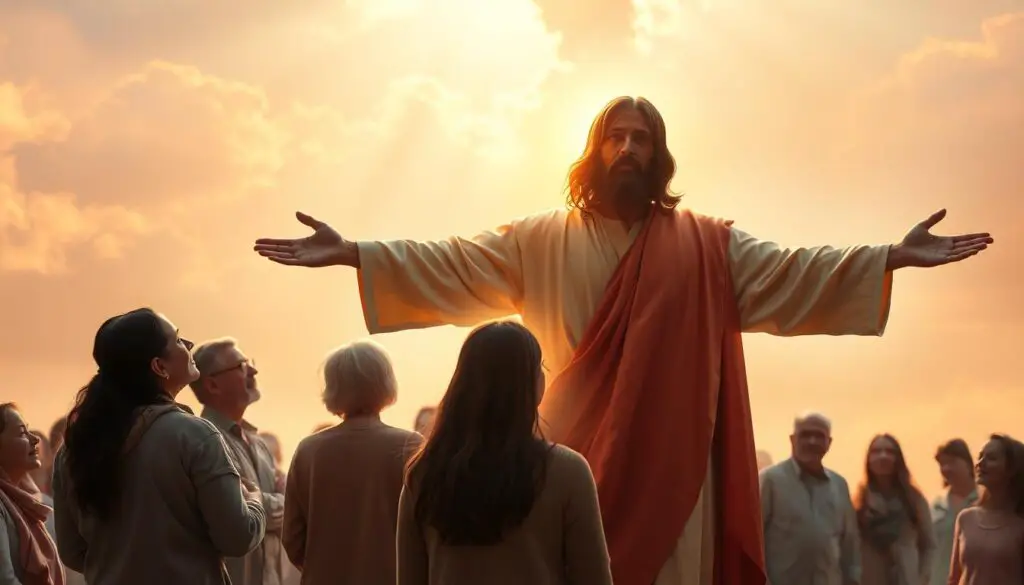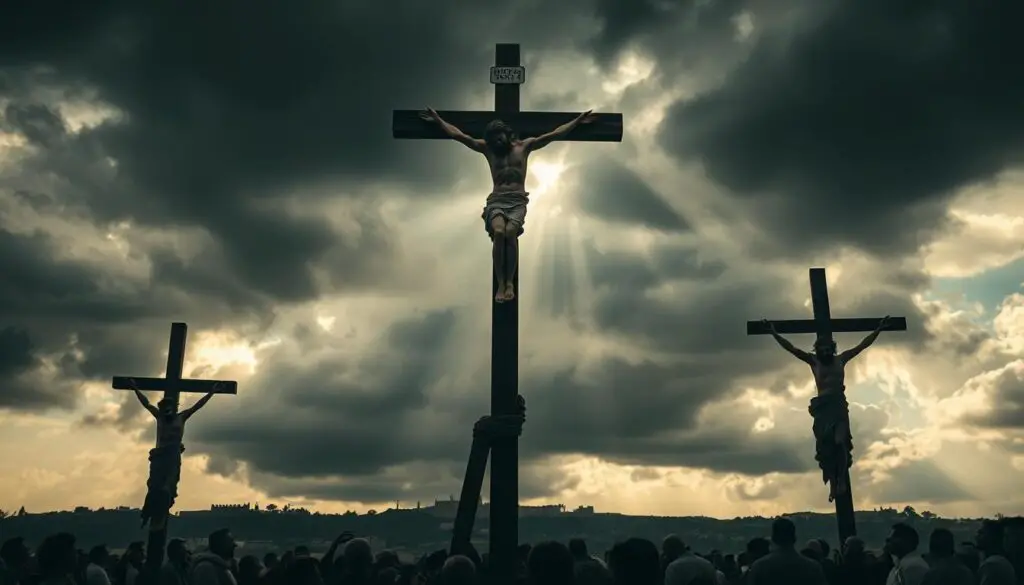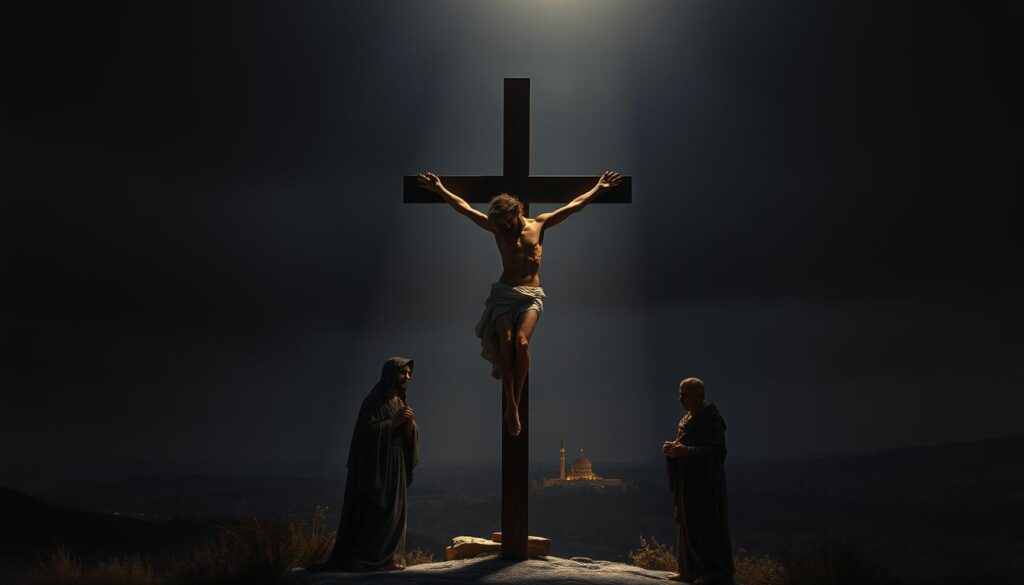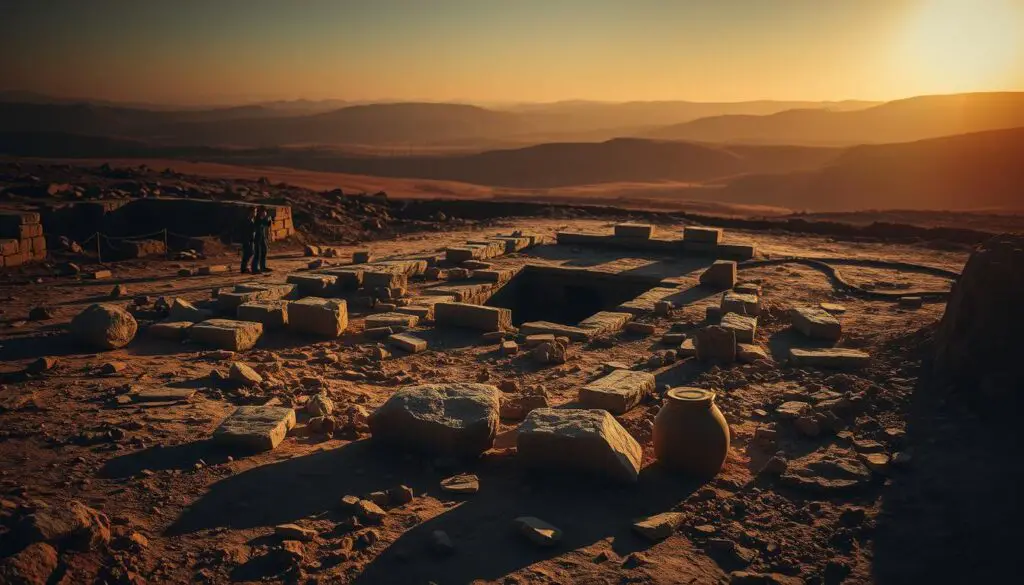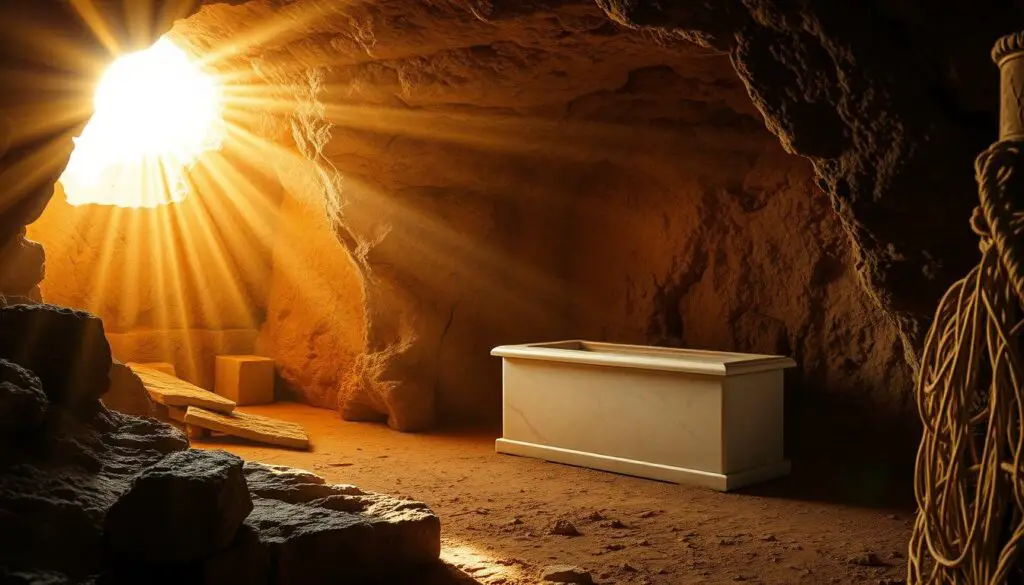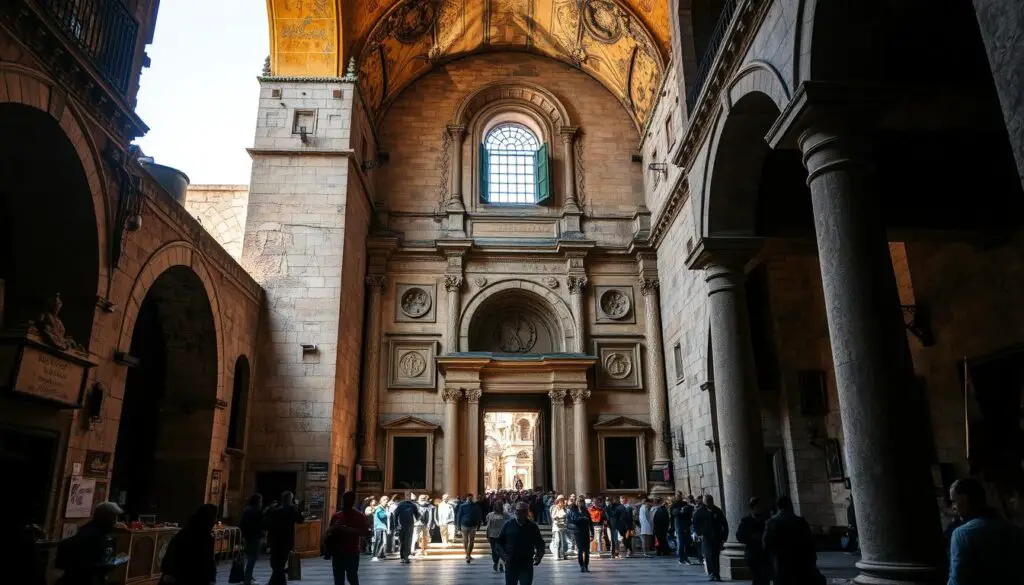Have you ever wondered about the origins of Jesus’ name? This simple yet profound word carries deep historical and cultural significance. Understanding the name “Jesus” offers a fascinating glimpse into ancient traditions and linguistic evolution.
Jesus’ Hebrew name, Yeshua, means “Yahweh is Salvation,” a meaning that has remained constant despite translations. This name is closely related to the English name Joshua, sharing the same roots. Historically, Yeshua was a common name in first-century Palestine, ranking as the sixth most popular male name.
As languages evolved, so did the name. From Aramaic to Hebrew, then Greek, and eventually Latin and English, each translation brought subtle changes. The Greek form, Iēsous, laid the groundwork for the name we recognize today. This journey through languages highlights how cultural and religious contexts shape our understanding of even the most familiar terms.
Exploring the history of Jesus’ name isn’t just about linguistics; it’s about connecting with the rich tapestry of faith and history. Join us as we delve into this captivating story, uncovering the layers of meaning behind a name that has shaped centuries of belief and tradition.
Key Takeaways
- Jesus’ Hebrew name, Yeshua, means “Yahweh is Salvation.”
- Yeshua was a common name in first-century Palestine.
- The name evolved through translations from Aramaic to Greek, Latin, and finally English.
- The Greek form Iēsous influenced the modern English name Jesus.
- Understanding the name’s origin provides insights into linguistic and cultural evolution.
The Origins and Translations of the Name Jesus
The name Jesus has a rich history that spans multiple languages and cultures. Its origins trace back to ancient Hebrew, where it was known as Yeshua, meaning “Yahweh is Salvation.” This name was common in first-century Palestine, reflecting its deep religious significance.
Hebrew Foundations: Yeshua and Its Meaning
In Hebrew, Yeshua was more than just a name—it carried a profound message. It signified salvation and divine deliverance, rooted in the Hebrew word for “salvation.” This name was not unique to Jesus; it was shared by many Jewish men of the time, emphasizing its cultural and religious importance.
Greek Adaptation: The Transition from Yeshua to Iēsous
As the New Testament was written in Greek, Yeshua underwent a linguistic transformation. Greek writers, lacking the “sh” sound, adapted it to Iēsous. This transition was crucial for spreading Jesus’ teachings across the Mediterranean world, where Greek was the common language.
This adaptation highlights the cultural and linguistic challenges faced by early writers. The shift from Yeshua to Iēsous laid the groundwork for the name’s evolution into “Jesus” in English. Similar name changes occurred with other biblical figures, such as Joshua and Isaiah, illustrating a common practice in biblical translations.
The process of translating names was driven by the limitations of the Greek language. Without certain sounds, writers had to find equivalents that conveyed the same meaning. This practice ensured that the essence of the name remained intact, even as its form changed.
Understanding this journey from Yeshua to Iēsous and finally to “Jesus” provides valuable insights into the historical and cultural contexts of the New Testament. It reveals how language and culture shape our perception of religious figures and their teachings.
Exploring the jesus real name: Linguistic and Cultural Perspectives
The journey of the name “Jesus” across languages reveals a fascinating story of cultural adaptation and linguistic evolution. From its Hebrew origins to its global variations, the name has retained its core meaning while adapting to different pronunciations and spellings.
Language Evolution and Pronunciation Variations
One of the most interesting aspects of the name “Jesus” is how its pronunciation varies across languages. For instance:
| Language | Pronunciation | Meaning |
|---|---|---|
| English | “Gee-sus” | “God is Salvation” |
| Portuguese | “Zhu-zeh” | “God is Salvation” |
| Spanish | “Hey-sus” | “God is Salvation” |
These variations highlight how languages adapt the name while preserving its original meaning. The Greek form Iēsous and the Latin Iesus laid the groundwork for these modern pronunciations.
Cultural Impacts on the Name’s Usage
Culture plays a significant role in how the name is used. In many languages, the name has been transliterated rather than translated, ensuring its original meaning remains intact. This approach reflects the importance of maintaining the name’s religious and historical significance across different societies.
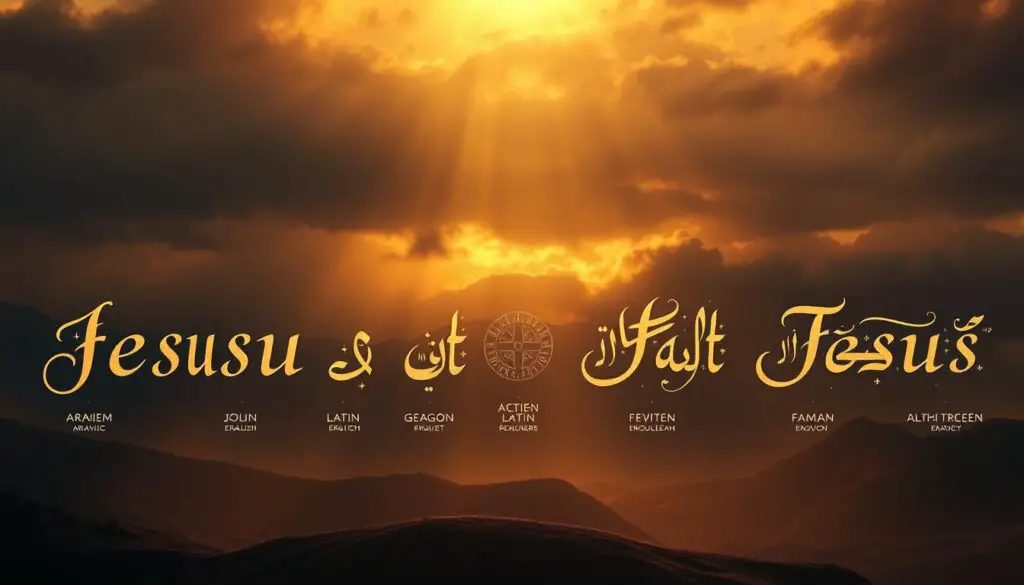
Understanding the cultural and linguistic evolution of the name “Jesus” offers deeper insights into its enduring impact. Despite variations in pronunciation, the essence of the name remains consistent, symbolizing salvation and divine deliverance across cultures and centuries.
Biblical Interpretations and Historical Insights
The name “Jesus” holds profound significance in biblical texts, shaped by both linguistic and cultural contexts. Early Christian writers faced the challenge of translating Hebrew and Aramaic names into Greek, the common language of their time. This process was crucial for spreading Jesus’ teachings across the Mediterranean world.
New Testament Greek Influences on Name Translation
In the New Testament, the Greek language played a pivotal role in how names were translated. For instance, the Hebrew name Yeshua was adapted to Iēsous in Greek. This transition was necessary because Greek lacked certain sounds present in Hebrew, such as the “sh” sound. The adaptation ensured that the name remained understandable to a broader audience while preserving its original meaning.
Old Testament Comparisons and Common Misconceptions
The treatment of names in the Old Testament differed significantly from the New Testament. Old Testament names often retained their Hebrew forms, as seen with Joshua, which is the English equivalent of Yeshua. This close tie to Hebrew roots highlights the cultural and religious importance of maintaining original meanings. However, misconceptions have arisen, such as the unfounded connection between Jesus and Zeus, which lacks historical evidence.
| Language | Form | Meaning |
|---|---|---|
| Hebrew | Yeshua | Yahweh is Salvation |
| Greek | Iēsous | God is Salvation |
| English | Jesus | The Lord Saves |
These translations demonstrate how the name’s core meaning has been preserved across languages. The biblical context emphasizes that no single linguistic form is mandated, reflecting a broader inclusivity in how the name is understood and used.
Conclusion
The name of Jesus Christ carries a profound significance that transcends language and culture. Originating from the Hebrew Yeshua, meaning “Yahweh is Salvation,” this name has journeyed through translations and cultural adaptations while retaining its core meaning. Whether spoken as Yeshua or Jesus, the essence remains unchanged—symbolizing divine salvation and deliverance.
Throughout history, the name has evolved from its Hebrew roots to Greek and eventually English. This evolution reflects the cultural and linguistic contexts of different eras. Despite variations in pronunciation, the name’s significance has remained constant, emphasizing the enduring message of faith and salvation.
Some misconceptions have arisen, such as unfounded connections between Jesus and other figures, but historical evidence consistently supports the name’s original meaning. The focus should remain on the faith and character of Jesus Christ, rather than linguistic variations.
Exploring the history of the name Jesus offers a deeper appreciation for its cultural and religious impact. It reminds us that faith is not bound by language or form but is a universal and enduring truth. As we reflect on this journey, we are encouraged to find comfort in the timeless assurance of divine protection and refuge, as affirmed in scriptures that remind us of God’s unwavering commitment to His.
FAQ
What is the origin of the name Jesus?
The name Jesus originates from the Hebrew name Yeshua, meaning “Yahweh is salvation.” It was later adapted into Greek as Iēsous and then into Latin as Iesus, eventually becoming “Jesus” in English.
How did the name Jesus evolve through different languages?
The name evolved from the Hebrew Yeshua to the Greek Iēsous, and later into Latin as Iesus. This process reflects linguistic and cultural shifts as the name spread across different regions and languages.
Is there a connection between the name Jesus and the Old Testament?
Yes, the name Yeshua (Jesus) has roots in the Old Testament, symbolizing God’s salvation. It reflects themes of deliverance and divine rescue, which are prominent in both Testaments.
How does the New Testament present the name of Jesus?
The New Testament, written in Greek, uses Iēsous to refer to Jesus, emphasizing His role as the Messiah and Savior. This name underscores His mission and identity in Christian faith.
What cultural impacts have shaped the usage of the name Jesus?
The name has been influenced by various cultures and languages, leading to different pronunciations and spellings. Despite these changes, its spiritual significance remains central to Christian faith.



